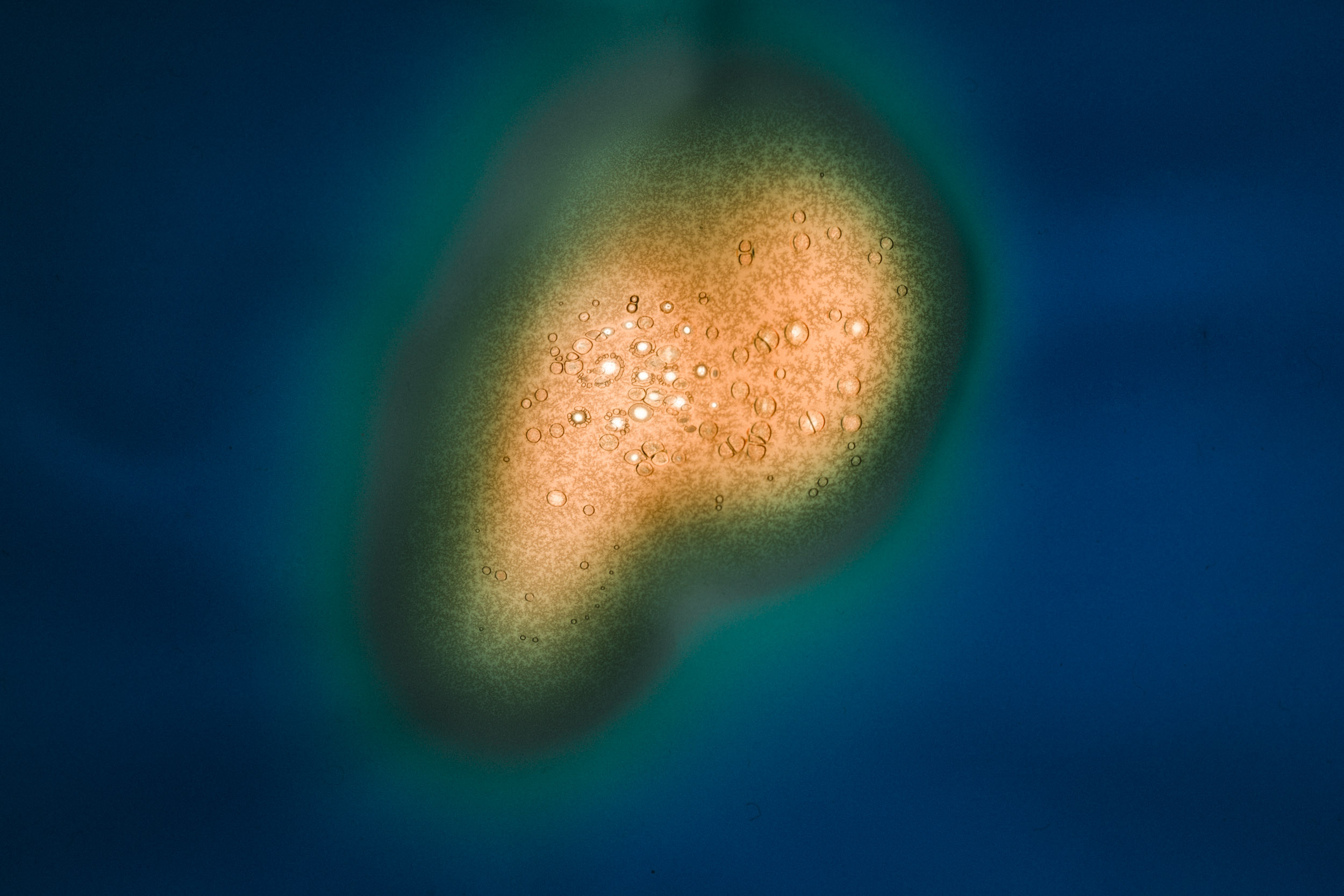







































March 2019. Geert had been suffering from abdominal pain for a while and it was getting worse. He had a rectal bleeding on the toilet and lost two liters of blood. After a few days of research at the hospital, the doctor told Geert the bad news. He had a tumor in his colon. He was told that it could not be cured, while the cancer had already reached his lymph nodes, liver and lungs. After a second and third opinion in different hospitals the image had drastically adjusted. "It was all very strange and confusing, but after a few intense weeks the oncologists contended that I could survive.” The first surgery followed in April, when half of his colon was removed. Then he underwent three chemotherapy treatments and in August, in a second operation, pieces from his liver and gallbladder had been removed.
Geert’s cancer is genetically determined. His father carried the Lynch syndrome and passed away in November in the same year his son was treated for the colon cancer.
When Geert was first diagnosed with cancer, Lotte asked if she could make a portrait photograph of him, "pure, without the presence of poisonous medicine in his body". That turned out to be the start of Outside room 8, in which they together chose analogue photography to represent the three most common cancer treatments: chemotherapy, radiotherapy and surgery. The duo subjected film roll, negatives and prints to the same procedures that Geert’s body was enduring. Directly after the chemo, Geert's urine was used to soak the film rolls. 4x5 Inch film was irradiated at Amsterdam’s AMC hospital. The size of the illuminated square in the middle of the film represents Geert’s tumor of that same size. Partially burned negatives have become stand-ins for surgical procedures, the violence of both illness and ‘recovery’ on the body – and eventually on the mind as well.
With this series, Geert and Lotte wanted to visualise the life you go through as a patient, and the huge contradictions between the promises of cure and the actual treatments. That what is meant to heal also breaks you down. Before everything else, Outside room 8 is about the fucked-up reality in which strength and vulnerability play the lead role and hope is the only constant factor to which one involuntary has to cling. The strange social discrepancy between being an autonomous individual and having to be treated as a patient, has thoughtfully been described by Susan Sontag in Illness as Metaphor (1978). Since then, the subject of person generally considered as sick, deviant or ‘erroneous’ has gained more and more attention as a subject of aesthetic photography and art projects, often at the initiative of the people under consideration (see also the essay When Bodies Misbehave by Joanna L. Cresswell).
In Geert and Lotte’s Outside room 8 such profound and partly autobiographical interest conflates with an experimental tendency in photography in which chemical substances are no longer primarily used to improve the development and print of the perfect representation, a replica of what is seen, but as a device to add metaphorical, procedural, aesthetic and expressive layers on top of that. A famous and controversial example of that which has surfaced in the popular realm is Piss Christ by Andres Serrano (1987).
In Outside room 8 such procedures take on a more self-evident, autobiographical appearance. Geert and Lotte use them as a means to confront the technocratic non-transparency of professional hospital treatment, medicine and surgery – which by definition distinguish the personal (as abstract) from the bodily (tangible) focus of the treatment. They turn Aesthetics into Aesthetes: the resulting art work is not just a matter of form but a feeling as well.